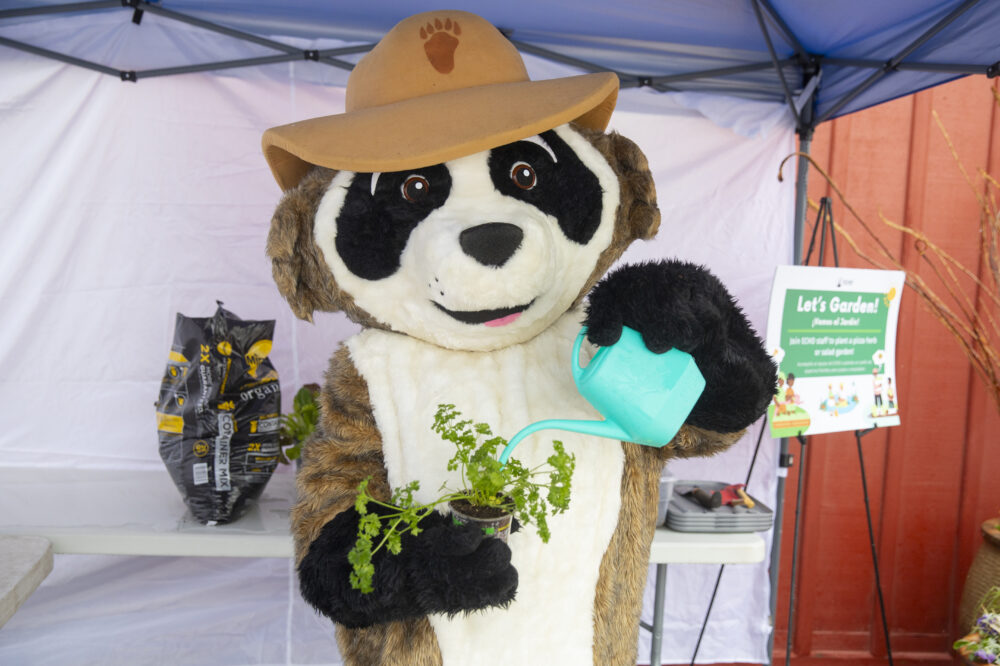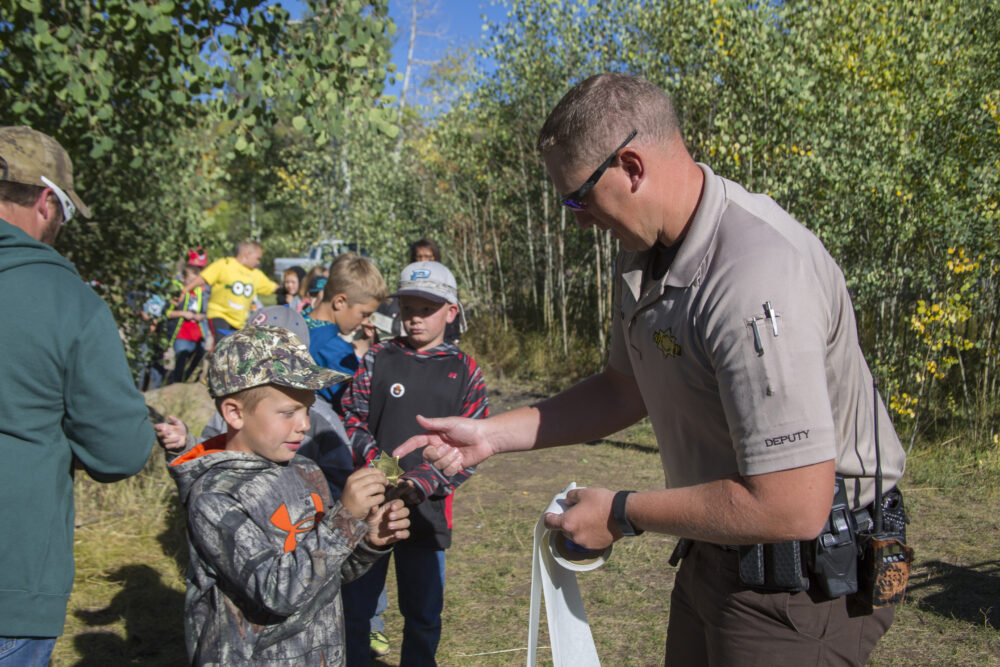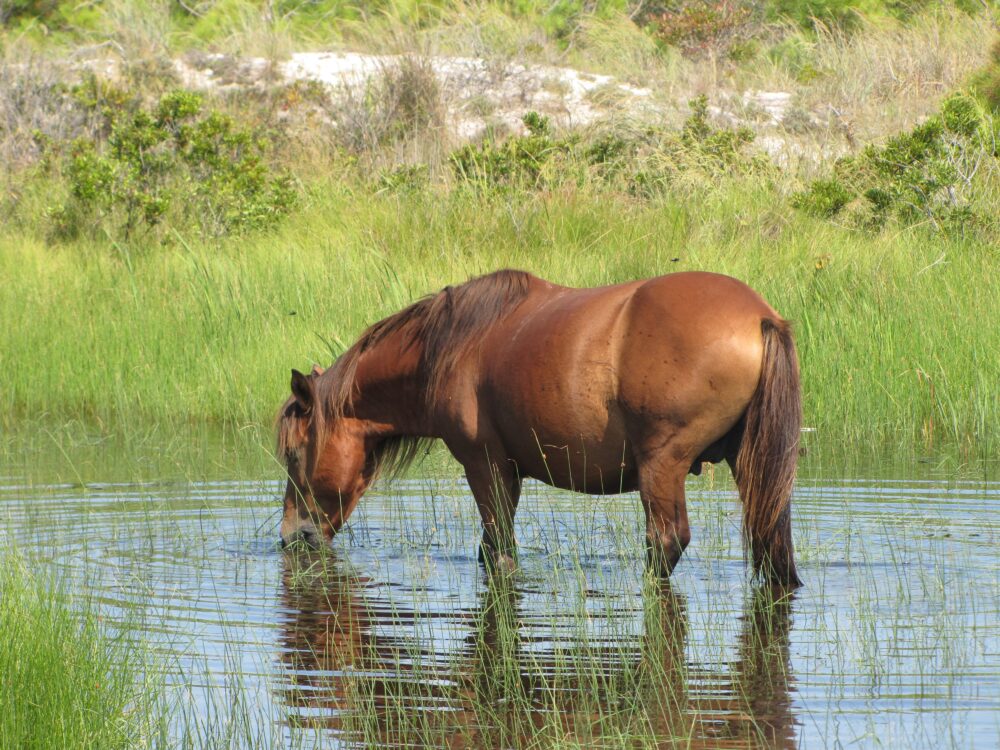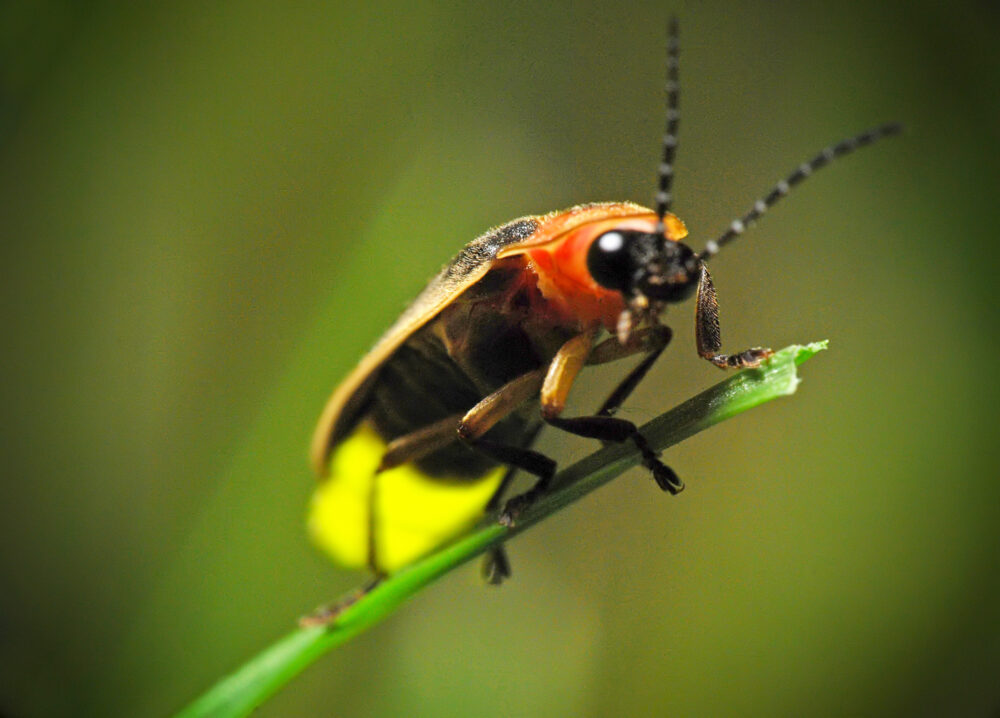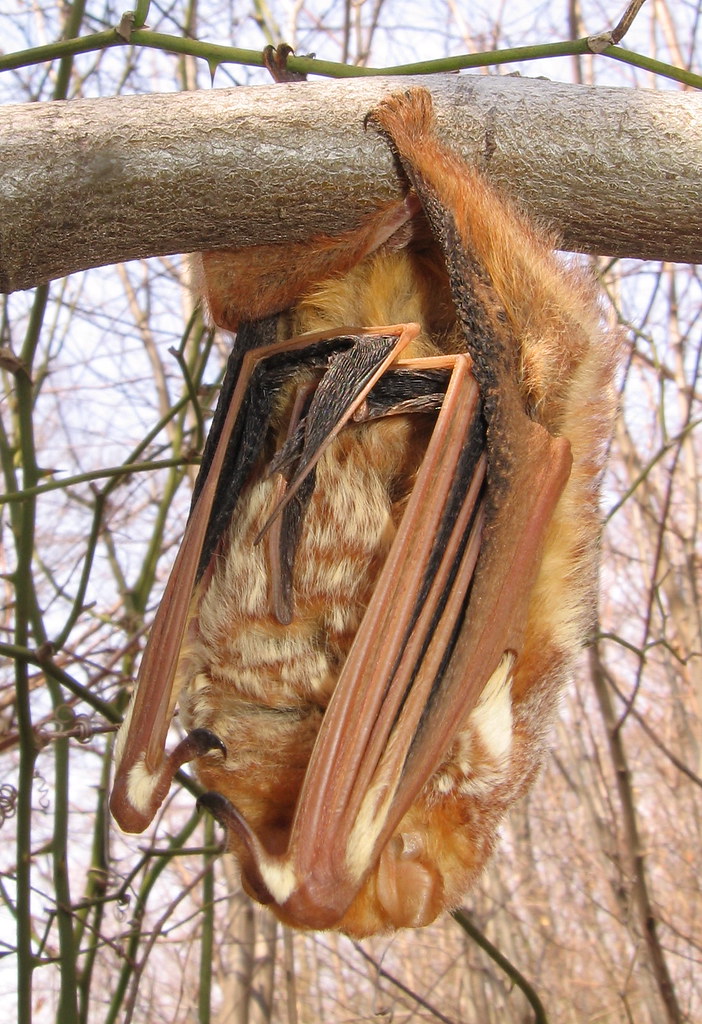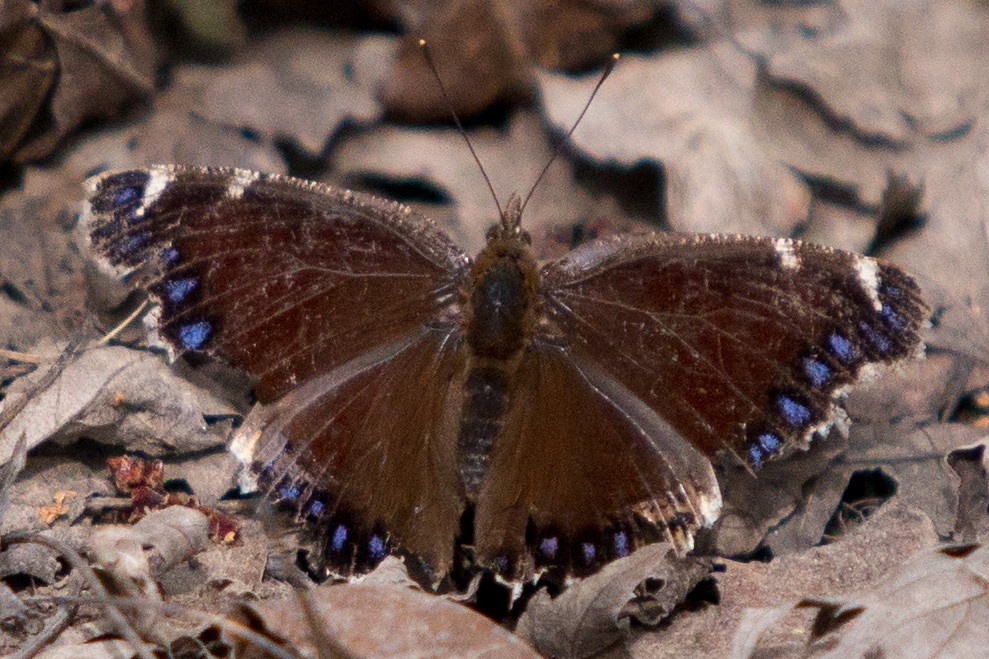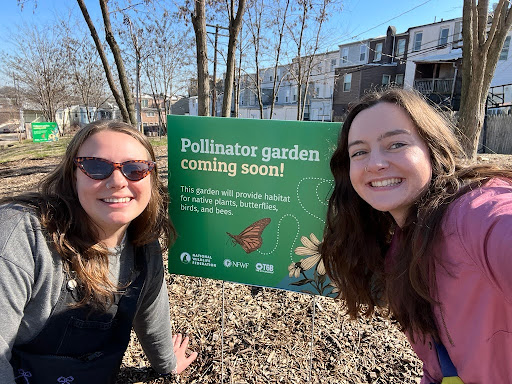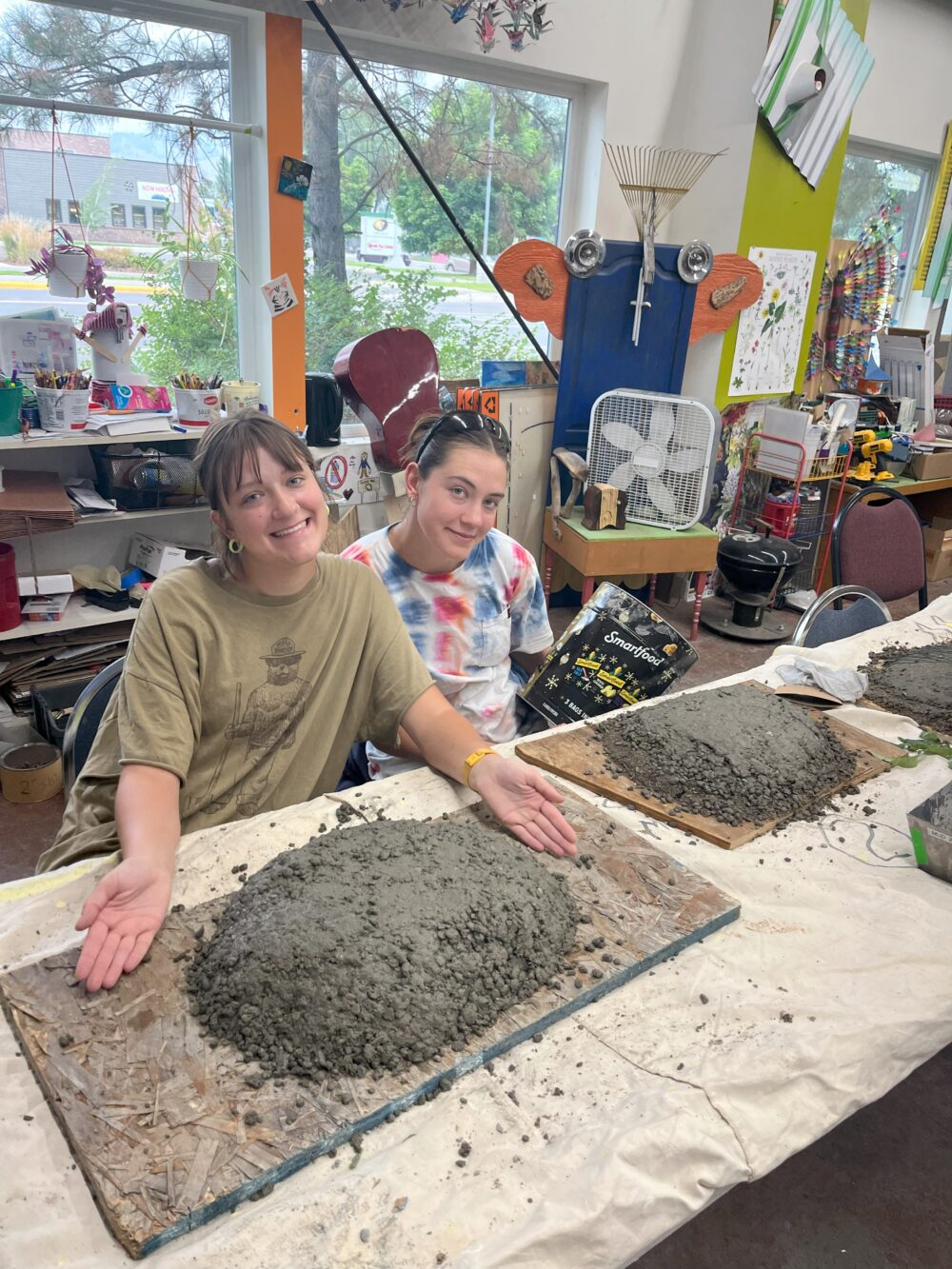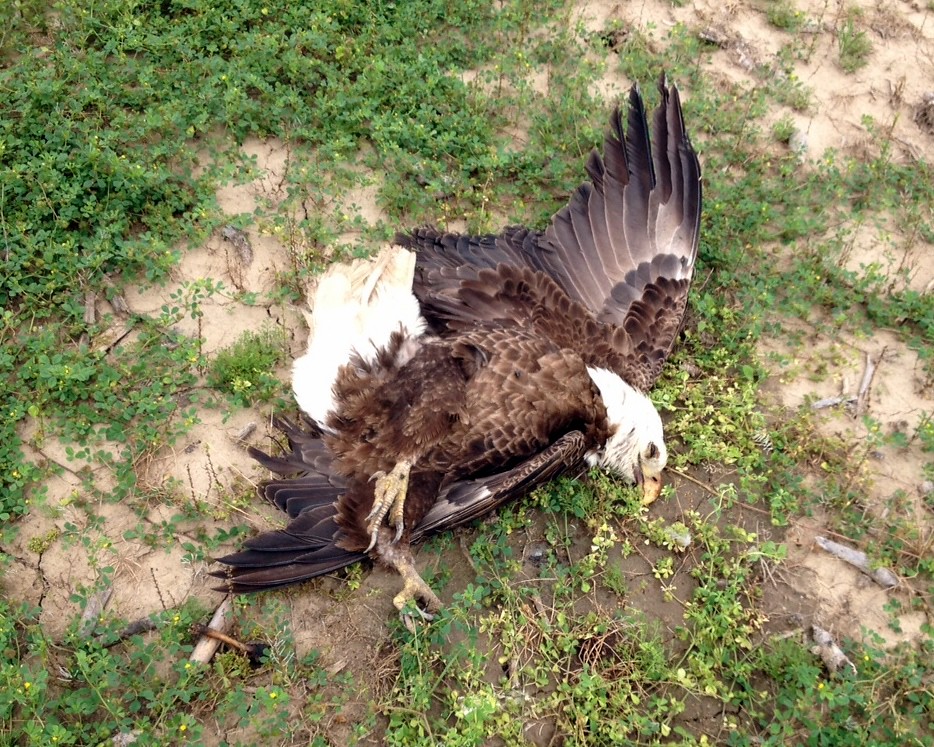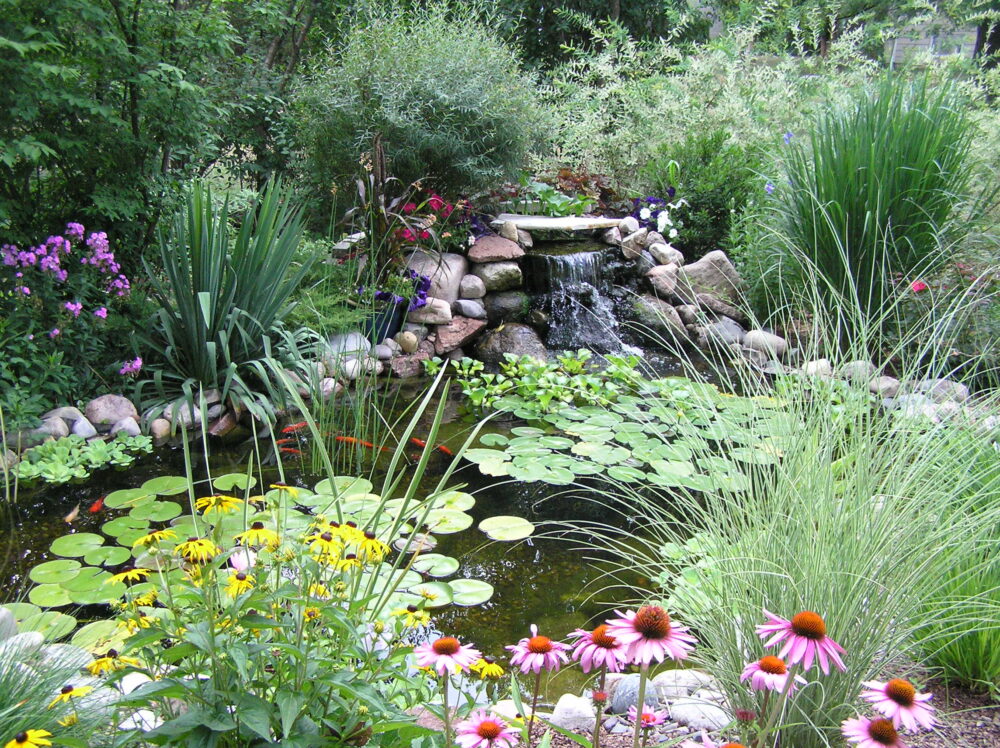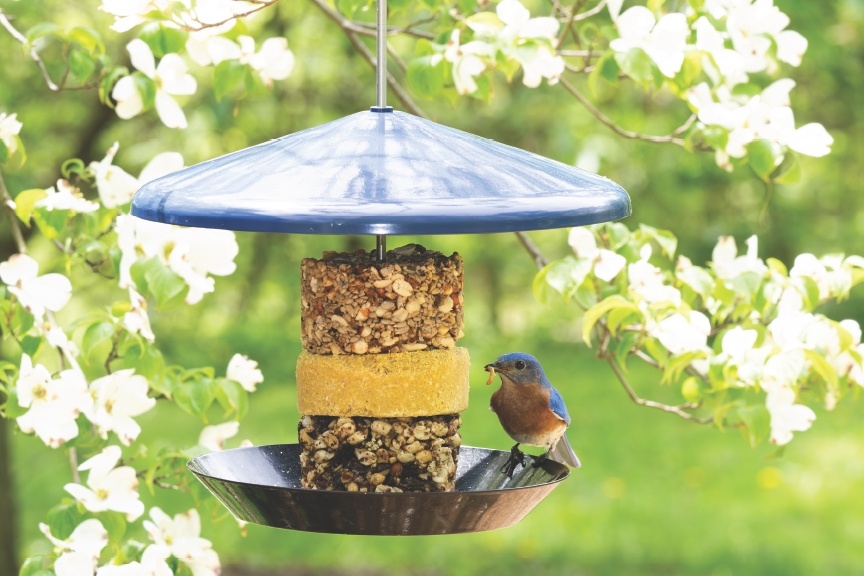We have much more to do and your continued support is needed now more than ever.
5 Ways to Make the Most Out of Garden for Wildlife Month
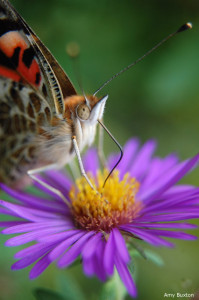
We are consistently impressed with the way this program has introduced us to incredibly passionate and amazing people. Every year we learn more around attracting wildlife and find new ways to make a meaningful difference for them.
1. Find and Support a Native Plant Sale
One of the biggest hurdles to creating a wildlife garden is finding and deciding what native plants to plant. While we have multiple resources, connecting with your local native plant society is another really good way to learn about species that work in your area. Also- don’t underestimate the power of doing a Google Search for native plants in your area or local sales. Now is a great time to find plants that help local wildlife!
2. Share Your Wildlife Gardening Stories
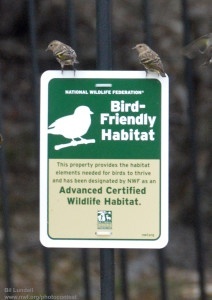
Whether you do so online, with us in the comments, on your personal blog, or with friends in person, part of what makes this program amazing is when neighbors and communities work together. So the more can you share tips, stories and photos, the more likely others will see there are real benefits to gardening for wildlife. Below are just a few places you can share your photos and join our online communities around gardening for wildlife.
- Connect with us on the Certified Wildlife Habitat Facebook Page or the gardening for wildlife Twitter account
- Add photos to the Wildlife Gardens Flickr Group
- Blog about the month and tell us! Or find and follow blogs that talk about wildlife habitats, (Ex: Bringing Nature Home, Metropolitan Field Guide, Native Plant Wildlife Garden, Great Stems and many more)
3. Set a Gardening for Wildlife Goal
We hear great stories from our wildlife gardeners who set out to attract a specific species. By doing some research, you can really help migrating species or struggling populations with your habitat. Additionally you can set a goal to get your community on track to be a Community Wildlife Habitat or a nearby school involved with Schoolyard Habitats. By setting a goal this spring, you can take the next step to helping wildlife. The goal you set can be as easy as planting more native plants or as challenging as attracting a nearby endangered species. Every little bit helps!
4. Remove Invasive Plants
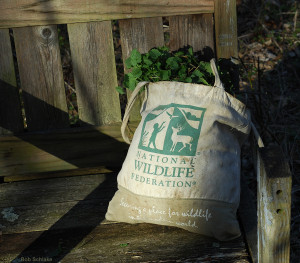
5. Think About Wildlife as You Clean Up the Garden
Whatever gardening you do this spring, consider gathering stray sticks and other plant debris and create a habitat for wildlife out of them. By intentionally creating a brush pile for wildlife you can give them a place to raise young. Just don’t add the invasive plants you’ve removed to the brush pile or you may see them crop back up!
We want to thank all of the amazing people who have helped grow this program, from volunteers to bloggers who share their stories with us all year around! Now is the time to celebrate and we want to highlight some of your stories in upcoming posts!

